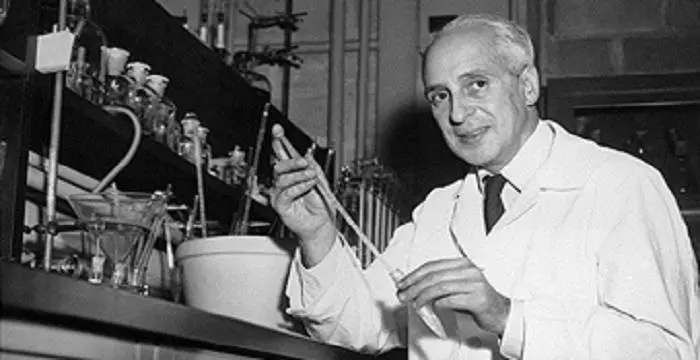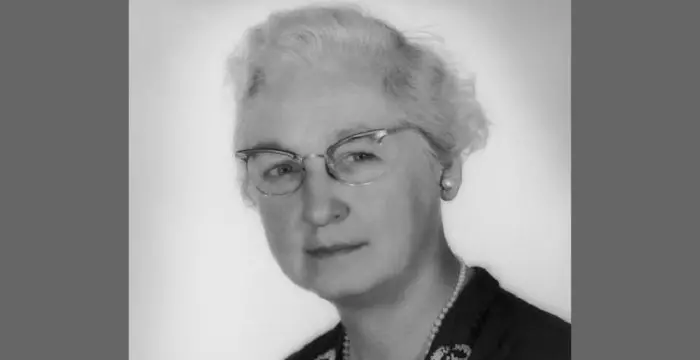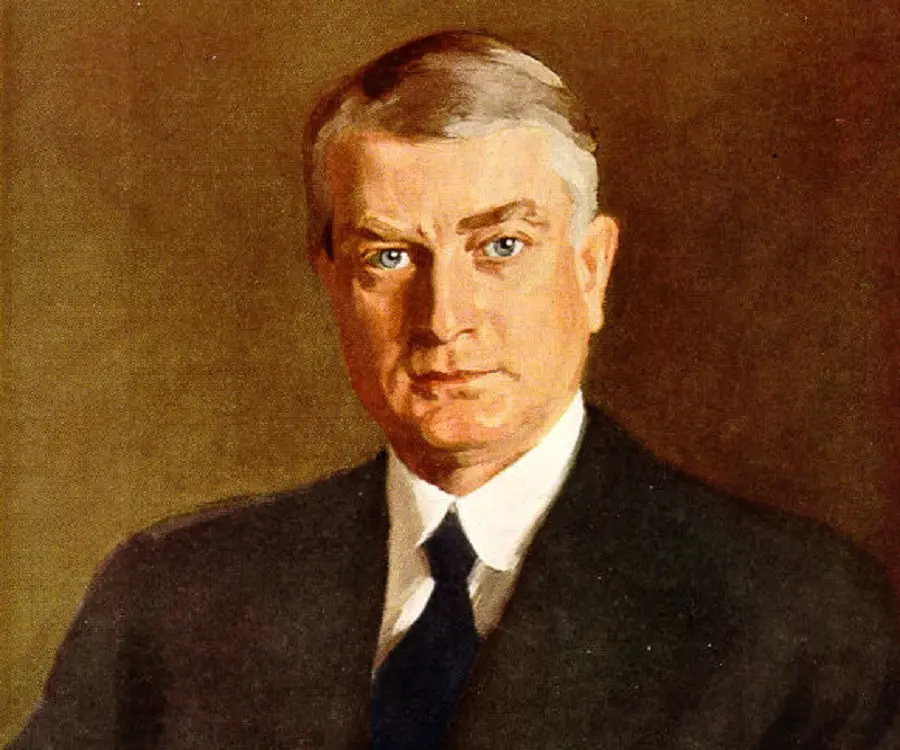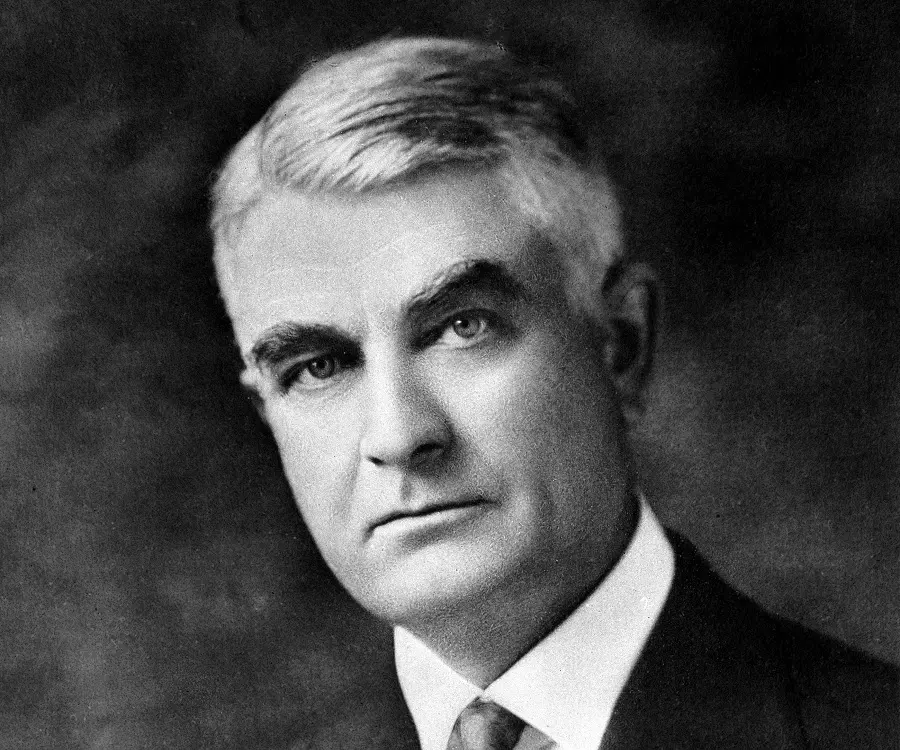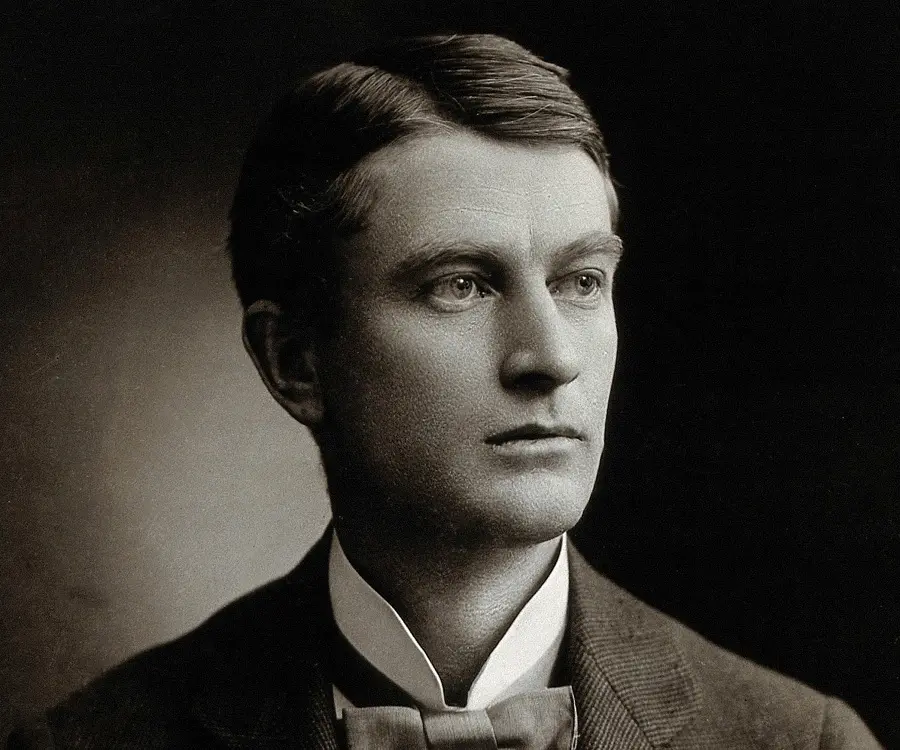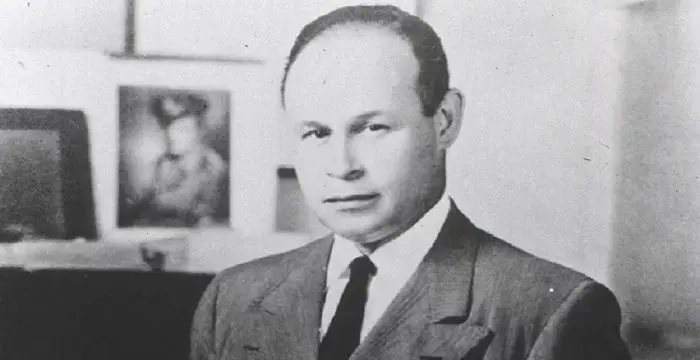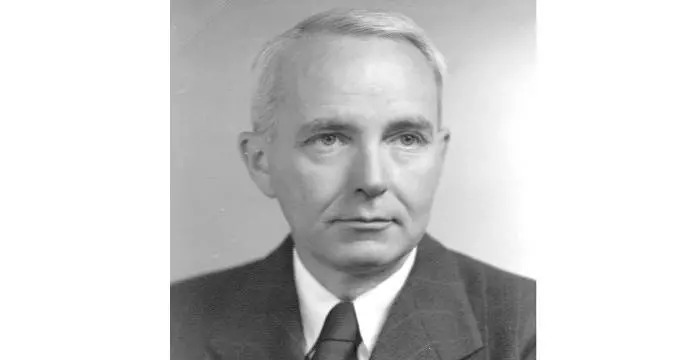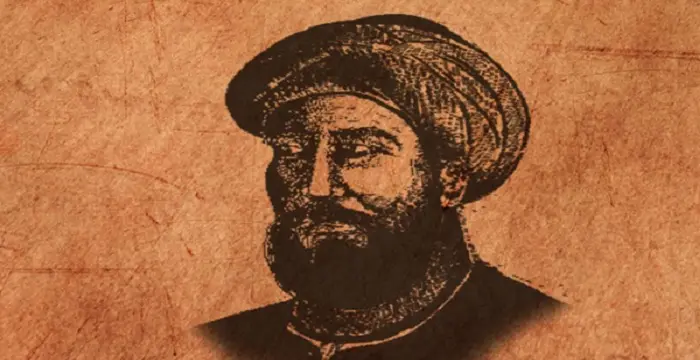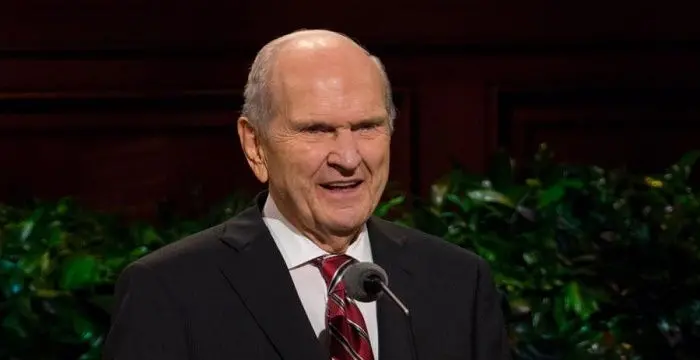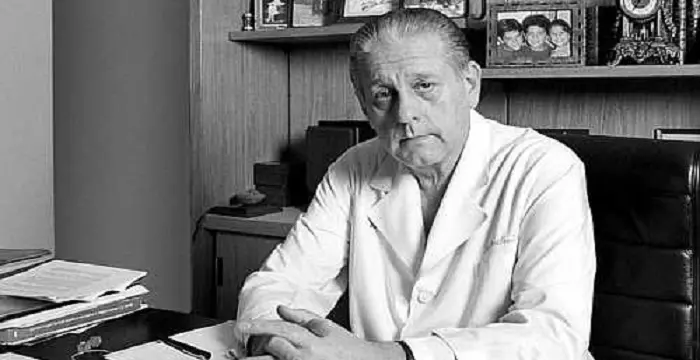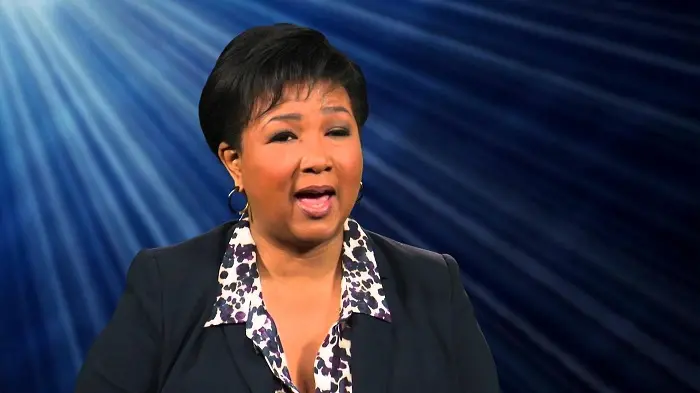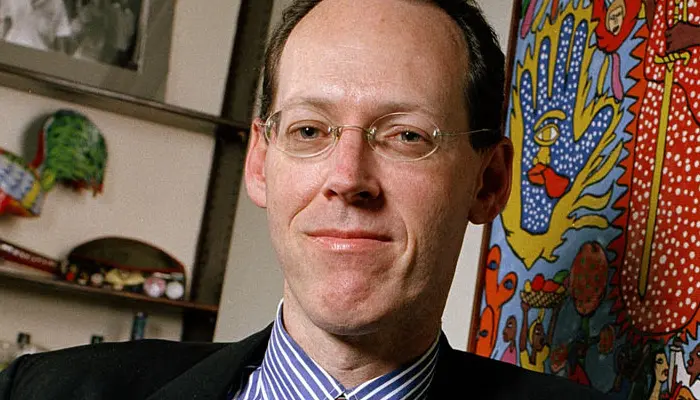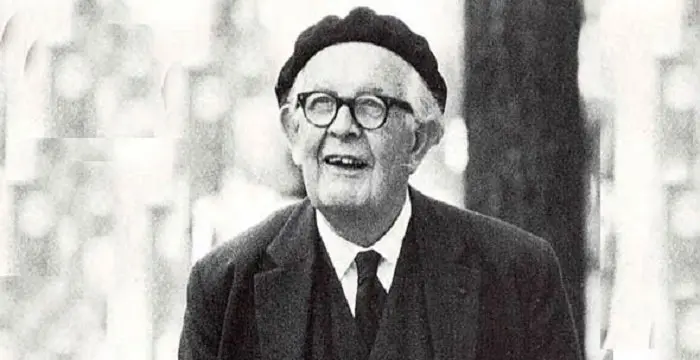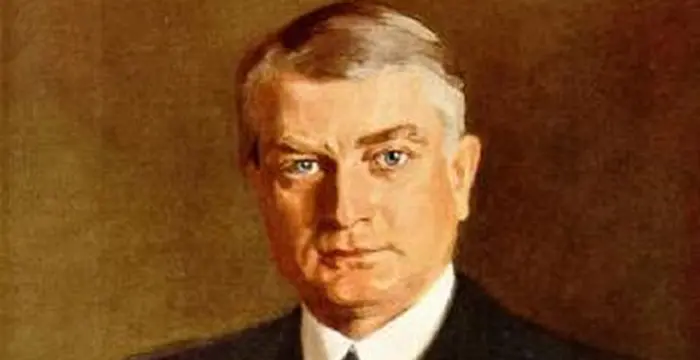
William James Mayo - Physicians, Family and Childhood
William James Mayo's Personal Details
William James Mayo was a noted American physician and surgeon who was one of the founders of the Mayo Clinic
| Information | Detail |
|---|---|
| Birthday | June 29, 1861 |
| Died on | July 28, 1939 |
| Nationality | American |
| Famous | Lancaster University, University Of Michigan, Physicians, Surgeons, Physicians, Surgeons |
| City/State | Minnesota |
| Spouses | Louise |
| Siblings | Charles Horace Mayo |
| Universities |
|
| Notable Alumnis |
|
| Founder / Co-Founder |
|
| Birth Place | Le Sueur |
| Gender | Male |
| Father | William Worrall Mayo |
| Sun Sign | Cancer |
| Born in | Le Sueur |
| Famous as | Physician and Surgeon |
| Died at Age | 78 |
// Famous Physicians
Maria Montessori
Maria Montessori was a physician and educator who developed the approach of Montessori education. This biography of Maria Montessori provides detailed information about her childhood, life, achievements, works & timeline.
Severo Ochoa
Severo Ochoa was a Spanish physician and biochemist who won the 1959 Nobel Prize in Physiology or Medicine. Check out this biography to know about his childhood, life, achievements, works & timeline.
Virginia Apgar
Known for inventing a novel newborn scoring system, Virginia Apgar was a reputed Physician. Check out this biography to know about her childhood, family life, achievements and other facts related to her life.
William James Mayo's photo
Who is William James Mayo?
William James Mayo was a noted American physician and surgeon who was one of the founders of the internationally renowned Mayo Clinic. Trained since childhood by his physician father, he grew up to be a famous surgeon in his own right, specializing in abdomen, pelvis and kidney related diseases. Later, he along with his brother, Charles Horace Mayo, and five others opened the Mayo Clinic. After the First World War, the clinic evolved into the Mayo Foundation, a non-profit medical facility renowned for its treatment and research. Although Dr. Will, as he was popularly known, was the head of the administration, he never took any decision without consulting others and took active part in surgery. The brothers were also equally interested in medical education and were instrumental in establishing Mayo Foundation for Medical Education and Research in Rochester under the University of Minnesota. During the World War I, Dr. Will was appointed Chief Adviser for U.S. Army Surgical Services and later was awarded with the U.S. Distinguished Service Medal for his services.
// Famous Surgeons
Joseph Lister
Joseph Lister was a British surgeon who was the founder of antiseptic medicine. This biography of Joseph Lister provides detailed information about his childhood, life, achievements, works & timeline.
Charles R. Drew
Charles R. Drew was an American physician and surgeon who introduced the concept of ‘blood bank’. This biography profiles his childhood, life, works, career, achievements and timeline.
Charles Brenton Huggins
Charles Huggins was a Canadian-born American physician, surgeon and physiologist who won the Nobel Prize for Physiology or Medicine in 1966. This biography provides detailed information about his childhood, life, research, achievements & timeline.
Childhood & Early Life
William James Mayo was born on June 29, 1861, in Le Sueur, Minnesota. His father, William Worrall Mayo, a descendant of the seventeenth century English chemist and physician John Mayow, had emigrated from England in 1846. On earning his medical degree from Indiana Medical College, the senior Mayo had become a well-known doctor.
William Worrall and his wife, Louise Abigail Wright, had five children; three daughters and two sons. William James was their second child and eldest son. He was four years senior to his brother Charles Horace.
When William James was around two years old, the family shifted to a farm in Rochester. Charles was born here. The two brothers lived an ordinary life, going to public schools and attending chores around the farm.
What made them different was the education they received in addition to their regular school curriculum. For example, after school, they were sent to work so that they could develop skills necessary for their future profession, which their parents had already decided: medicine.
Moreover, Dr. Mayo kept a large medical library in his office and while the brothers were busy doing chores at home and office, he would instruct them not only in the application of medical knowledge, but also in chemistry, physics and anatomy.
Their mother would take them for walks around the farm and while doing so, she would point out various plants, not only identifying them, but also pointing out their different botanical features. Moreover, to encourage their interest in astronomy, she had a telescope fitted on the roof.
In addition, the boys were required to attend Rochester Training School, where they studied Latin, art and classics. At home too, their parents kept a large library of classics and encouraged the two boys to read from them. Charles Dickens and James Fennimore Cooper were their favorite authors.
While the works of Dickens awakened social consciousness in them, from the writings of Cooper, they learned to love their land and its people. In addition, their parents related to them their own experiences of Dakota War and the Civil War.
Thus the parents slowly injected in their children contempt not only for armed conflicts, but also for prejudice. More importantly, they taught the two boys the joys of working together and that no man could live independently of others, a lesson they never forgot.
Once they became a little older, they started accompanying their father on his professional calls. Initially, they observed him making diagnoses. Later Dr. Mayo started explaining to the brothers the symptoms that led him to such diagnoses or the methods of treatment he had prescribed.
The brothers also assisted their father in his surgical operations, initially doing menial works. Later they started administering anesthesia and tying up blood vessels. One day when William James was sixteen years old, his father took him to an abandoned hotel to see one of his patients. It was a stormy night and before they reached the place, the patient had died. So the Senior Mayo performed autopsy on the corpse. As he had another call to make, he asked William James to stay back.
He instructed his son to sew up the incisions and then tuck the sheet around the corpse before going home. Sixteen-year-old William did all these, albeit nervously, and to his credit calmly walked out of the place instead of running.
After graduating from school, William James entered University of Michigan, Ann Arbor, for his medical study. There on March 2, 1882, he cofounded the world’s first medical professional fraternity, Nu Sigma Nu (ΝΣΝ). The following year, he received his medical degree.
Working Under His Father's Guidance
In 1883, soon after receiving his MD, William James Mayo returned to Rochester to join his father’s already thriving practice. In the same year, on August 21, a terrible tornado hit Rochester, leaving 24 dead and 40 seriously injured.
As there was no hospital, the injured were brought to the town’s dance hall, where Sr. Mayo started his treatment. Apart from William James, already a qualified doctor and Charles Horace, then in the final year of school, the Sisters of Saint Francis under the leadership of Mother Mary Alfred Moes, came forward to help him.
Later, Mother Moes approached Dr. W. W. Mayo with a proposal to build a proper hospital and when Dr. Mayo agreed, she started raising the funds. Eventually on September 30, 1889, St. Mary’s Hospital opened its door.
By then, Charles Horace too had qualified as a doctor and had come home to join their practice. Now with the opening of the hospital, the three Mayo doctors became attached to it. Concurrently, they continued with their private practice.
At St. Mary’s Hospital, seventy-year-old W. W. Mayo became the consulting physician while William James, known as Dr. Will and Charles Horace, called Dr. Charlie, saw patients and performed surgeries. The Sisters of Saint Francis helped them as nurses.
Very soon Doctors Will and Charlie became successful surgeons. While William specialized in ailments related to abdomen, pelvis and kidney, Charles specialized in thyroid, neurology, cataract, and orthopedic surgery.
According to policy decision, the hospital charged patients according to their ability to pay. This, coupled with the reputation of the Mayo doctors, brought in such a huge number of patients that they found it hard to attend to each of them.
Therefore, it was decided that only those patients, who had been recommended by one of the Mayo doctors, would be admitted to the hospital. Thereafter, they could function under a relatively stress-free atmosphere.
Formation of Mayo Clinic
In 1892, Dr. W. W. Mayo retired from active service, leaving William and Charles in charge of his private practice as well as of St. Mary Hospital. However, before he did that, he brought in Dr. Augustus W. Stinchfield to aid his sons.
Subsequently, five other doctors, Dr. Christopher Graham, Dr. E. Star Judd, Dr. Henry Stanley Plummer, Dr. Melvin Millet, and Dr. Donald Balfour joined the group. Although the Sr. Mayo had retired by then, they continued to work under his guidance.
In 1903, this close cooperation resulted in the formation of ‘Mayo Clinic’ with W. W. Mayo as its head. However, it continued to function from St. Mary’s Hospital. The profit of the private group practice was initially divided among the partners, while other staffs were hired on salary.
Here too the same policy of charging patients according to their ability to pay was followed. As a result, 30 percent of the clinic patients were treated free of charge, and another 25 percent barely at cost. Later as the Mayo brothers’ reputation began to grow, more and more paid patients began to come in.
Along with working at the Mayo Clinic, William James Mayo continued to serve St. Mary’s Hospital until 1905. Thereafter, he began to concentrate solely on Mayo Clinic. Although he was in charge of the administration, he did not take any decision without his brother’s approval.
Soon, the Mayo Clinic began to outgrow the available space. Therefore, it became imperative that a new building be built. Thereafter in 1914, a new building was constructed under Dr. Henry Stanley Plummer’s supervision. Known as the ‘Red Building’ it gave full expression to the integrated group medical practice.
All along they were especially conscious about sterilization. The Red Building was the first hospital to be equipped with steam sterilization rooms, designed to hold much of the metal surgical furniture, tools and equipment belonging to the operation theatres.
At the same time, the Mayo brothers were conscious about furthering medical knowledge and started visiting hospitals around the world to learn new techniques. In 1915, they donated $1.5 million to the University of Minnesota and with that money, the Mayo Foundation for Medical Education and Research was established by the university in Rochester.
The War Years
As the First World War set in, William James Mayo was appointed Chief Adviser for U.S. Army Surgical Services in the office of the U.S. Army Surgeon General and was given the rank of Colonel. Dr. Charlie too was a Colonel in the U.S. Army Medical Corps.
In 1916, when the Committee of American Physicians for Medical Preparedness was formed, William James Mayo was made its Chairman. The Mayo Clinic at Rochester also began playing a major role in the war effort by examining the draftees and training the new doctors at the Medical Corp, for whom new courses had to be designed.
Apart from looking after the regular work of their clinic, the Mayo brothers had to supervise all these wartime work as well. As a result, one of the brothers had to be presented at Rochester all the time. Therefore, they were forced to alternate between Washington and Rochester.
The hectic schedule took its toll and in 1918, William developed hepatitis. In the same year, after the end of the war, he along with Charles was promoted to the rank of Brigadier General in the U.S. Army Reserve.
Formation of Mayo Foundation
So far the Mayo Clinic was a profit-making entity, with all the partners receiving their share of the profit. In 1919, with the consent of its founders, the Mayo brothers turned it into a non-profit organization, at first calling it Mayo Properties Association and then the Mayo Foundation.
Thereafter, all the partners except William and Charles began to draw salaries. Although William was the administrative head of the foundation, he took active part in surgery until 1928.
William James Mayo finally retired in 1933. However, he remained on the Board of Mayo Foundation until his death in 1939, continuing to take active interest in its workings.
Major Works
Although William Mayo was a great administrator and surgeon, he is best remembered for the establishment of the Mayo Foundation. What started as a forty-five bedded hospital with only one operation theatre grew into a huge non-profit hospital cum educational establishment under his able guidance within a very short period.
Awards & Achievements
For his service to the nation during the war years, William James Mayo was awarded with the U.S. Distinguished Service Medal.
In 1907, he was named to the University of Minnesota’s Board of Regents, a position he held for the rest of his life.
Personal Life & Legacy
In 1888, William James Mayo married Hattie Marie Damon. They had three children; William Damon Mayo, Worrall Mayo, and Helen Phoebe Mayo, all of whom died in infancy.
After retirement, the Mayo brothers bought adjacent properties in Tucson, Arizona. However, they often traveled to Rochester to attend Board meetings. In the spring of 1939, while on such a visit to Rochester, William was diagnosed with stomach cancer and underwent surgery.
Unfortunately, the surgery proved to be unsuccessful and he retired to his home in Rochester. There he died on July 28, 1939. Incidentally, Charles had died from pneumonia just two months prior to his death.
The Mayo Foundation, established by the Mayos at the turn of the century, has now become a huge establishment, continuing to carry forward their legacy.
On September 11, 1964, the Mayo brothers were depicted on a stamp by the United States Postal Service.
In 1975, William’s home in Rochester was listed on the U.S. National Register of Historic Places. This 24,000 square meter, six-storey house, built in 1916, highlights a combination of a Renaissance Revival and English Tudor styles. In 1938, he had donated it to Mayo Foundation and so it is also known as Mayo Foundation House.
Trivia
In September 1931, William Mayo was asked to predict about the condition of the world eighty years hence and he had prophesied that by early twenty-first century, life expectancy in the developed countries would increase from 60 years to 70.
He was also a very witty person. One day, he was asked by a rich man with a superior air, if he was the head doctor. His answer was, “No, my brother is the head doctor. I’m the belly doctor.” Indeed, he specialized in the diseases of the abdomen while Charles dealt in neurosurgery and cataract.
// Famous Surgeons
Al-Zahrawi
Al-Zahrawi, was an illustrious medieval Arab Muslim physician and surgeon. Check out this biography to know about his childhood, family life, achievements and interesting facts about him.
Russell M. Nelson
Russell M. Nelson is an American religious leader, author, and philanthropist. Check out this biography to know about his birthday, childhood, family life, achievements and fun facts about him.
René Gerónimo Favaloro
René Gerónimo Favaloro was a renowned Argentinean cardiovascular surgeon. Check out this biography to know about his childhood, family life, achievements and other facts related to his life.
William James Mayo's awards
| Year | Name | Award |
|---|---|---|
Other | ||
| 0 | Distinguished Service Medal (Army) | |
William James Mayo biography timelines
- // 29th Jun 1861William James Mayo was born on June 29, 1861, in Le Sueur, Minnesota. His father, William Worrall Mayo, a descendant of the seventeenth century English chemist and physician John Mayow, had emigrated from England in 1846. On earning his medical degree from Indiana Medical College, the senior Mayo had become a well-known doctor.
- // 2nd Mar 1882After graduating from school, William James entered University of Michigan, Ann Arbor, for his medical study. There on March 2, 1882, he cofounded the world’s first medical professional fraternity, Nu Sigma Nu (ΝΣΝ). The following year, he received his medical degree.
- // 1883In 1883, soon after receiving his MD, William James Mayo returned to Rochester to join his father’s already thriving practice. In the same year, on August 21, a terrible tornado hit Rochester, leaving 24 dead and 40 seriously injured.
- // 1888In 1888, William James Mayo married Hattie Marie Damon. They had three children; William Damon Mayo, Worrall Mayo, and Helen Phoebe Mayo, all of whom died in infancy.
- // 30th Sep 1889Later, Mother Moes approached Dr. W. W. Mayo with a proposal to build a proper hospital and when Dr. Mayo agreed, she started raising the funds. Eventually on September 30, 1889, St. Mary’s Hospital opened its door.
- // 1892In 1892, Dr. W. W. Mayo retired from active service, leaving William and Charles in charge of his private practice as well as of St. Mary Hospital. However, before he did that, he brought in Dr. Augustus W. Stinchfield to aid his sons.
- // 1903In 1903, this close cooperation resulted in the formation of ‘Mayo Clinic’ with W. W. Mayo as its head. However, it continued to function from St. Mary’s Hospital. The profit of the private group practice was initially divided among the partners, while other staffs were hired on salary.
- // 1905Along with working at the Mayo Clinic, William James Mayo continued to serve St. Mary’s Hospital until 1905. Thereafter, he began to concentrate solely on Mayo Clinic. Although he was in charge of the administration, he did not take any decision without his brother’s approval.
- // 1907In 1907, he was named to the University of Minnesota’s Board of Regents, a position he held for the rest of his life.
- // 1914Soon, the Mayo Clinic began to outgrow the available space. Therefore, it became imperative that a new building be built. Thereafter in 1914, a new building was constructed under Dr. Henry Stanley Plummer’s supervision. Known as the ‘Red Building’ it gave full expression to the integrated group medical practice.
- // 1915At the same time, the Mayo brothers were conscious about furthering medical knowledge and started visiting hospitals around the world to learn new techniques. In 1915, they donated $1.5 million to the University of Minnesota and with that money, the Mayo Foundation for Medical Education and Research was established by the university in Rochester.
- // 1916In 1916, when the Committee of American Physicians for Medical Preparedness was formed, William James Mayo was made its Chairman. The Mayo Clinic at Rochester also began playing a major role in the war effort by examining the draftees and training the new doctors at the Medical Corp, for whom new courses had to be designed.
- // 1918The hectic schedule took its toll and in 1918, William developed hepatitis. In the same year, after the end of the war, he along with Charles was promoted to the rank of Brigadier General in the U.S. Army Reserve.
- // 1919So far the Mayo Clinic was a profit-making entity, with all the partners receiving their share of the profit. In 1919, with the consent of its founders, the Mayo brothers turned it into a non-profit organization, at first calling it Mayo Properties Association and then the Mayo Foundation.
- // 1928Thereafter, all the partners except William and Charles began to draw salaries. Although William was the administrative head of the foundation, he took active part in surgery until 1928.
- // 1931In September 1931, William Mayo was asked to predict about the condition of the world eighty years hence and he had prophesied that by early twenty-first century, life expectancy in the developed countries would increase from 60 years to 70.
- // 1933 To 1939William James Mayo finally retired in 1933. However, he remained on the Board of Mayo Foundation until his death in 1939, continuing to take active interest in its workings.
- // 1938In 1975, William’s home in Rochester was listed on the U.S. National Register of Historic Places. This 24,000 square meter, six-storey house, built in 1916, highlights a combination of a Renaissance Revival and English Tudor styles. In 1938, he had donated it to Mayo Foundation and so it is also known as Mayo Foundation House.
- // 28th Jul 1939Unfortunately, the surgery proved to be unsuccessful and he retired to his home in Rochester. There he died on July 28, 1939. Incidentally, Charles had died from pneumonia just two months prior to his death.
// Famous Physicians
Al-Zahrawi
Al-Zahrawi, was an illustrious medieval Arab Muslim physician and surgeon. Check out this biography to know about his childhood, family life, achievements and interesting facts about him.
Jabir Ibn Hayyan
Jabir Ibn Hayyan was a medieval era polymath. Check out this biography to know about his life, works and achievements.
Maria Montessori
Maria Montessori was a physician and educator who developed the approach of Montessori education. This biography of Maria Montessori provides detailed information about her childhood, life, achievements, works & timeline.
Mae Jemison
Mae Carol Jemison is a famous American astronaut who became the first African American astronaut to travel to space. To know more about her childhood, career, profile and timeline read on
Paul Farmer
Paul Farmer is an anthropologist and physician who co-founded the health organization - Partners In Health (PIH). This biography of Paul Farmer provides detailed information about his childhood, life, achievements, works & timeline.
Jean Piaget
Jean Piaget was a psychologist and philosopher known for his theory of cognitive development. This biography of Jean Piaget provides detailed information about his childhood, life, achievements, works & timeline.
William James Mayo's FAQ
What is William James Mayo birthday?
William James Mayo was born at 1861-06-29
When was William James Mayo died?
William James Mayo was died at 1939-07-28
Where was William James Mayo died?
William James Mayo was died in Rochester
Which age was William James Mayo died?
William James Mayo was died at age 78
Where is William James Mayo's birth place?
William James Mayo was born in Le Sueur
What is William James Mayo nationalities?
William James Mayo's nationalities is American
Who is William James Mayo spouses?
William James Mayo's spouses is Louise
Who is William James Mayo siblings?
William James Mayo's siblings is Charles Horace Mayo
What was William James Mayo universities?
William James Mayo studied at Lancaster University,University Of Michigan, University of Michigan
What was William James Mayo notable alumnis?
William James Mayo's notable alumnis is Lancaster University, University Of Michigan
Which company or organization was founded by William James Mayo?
William James Mayo was the founder/co-founder of Mayo Clinic
Who is William James Mayo's father?
William James Mayo's father is William Worrall Mayo
What is William James Mayo's sun sign?
William James Mayo is Cancer
How famous is William James Mayo?
William James Mayo is famouse as Physician and Surgeon

